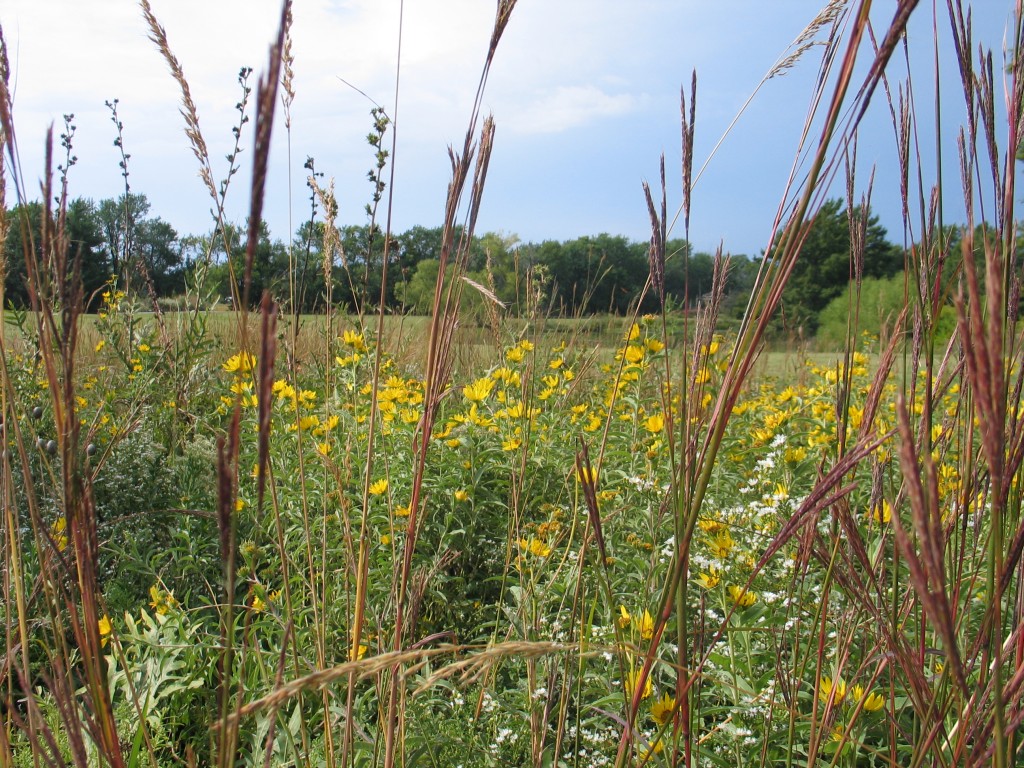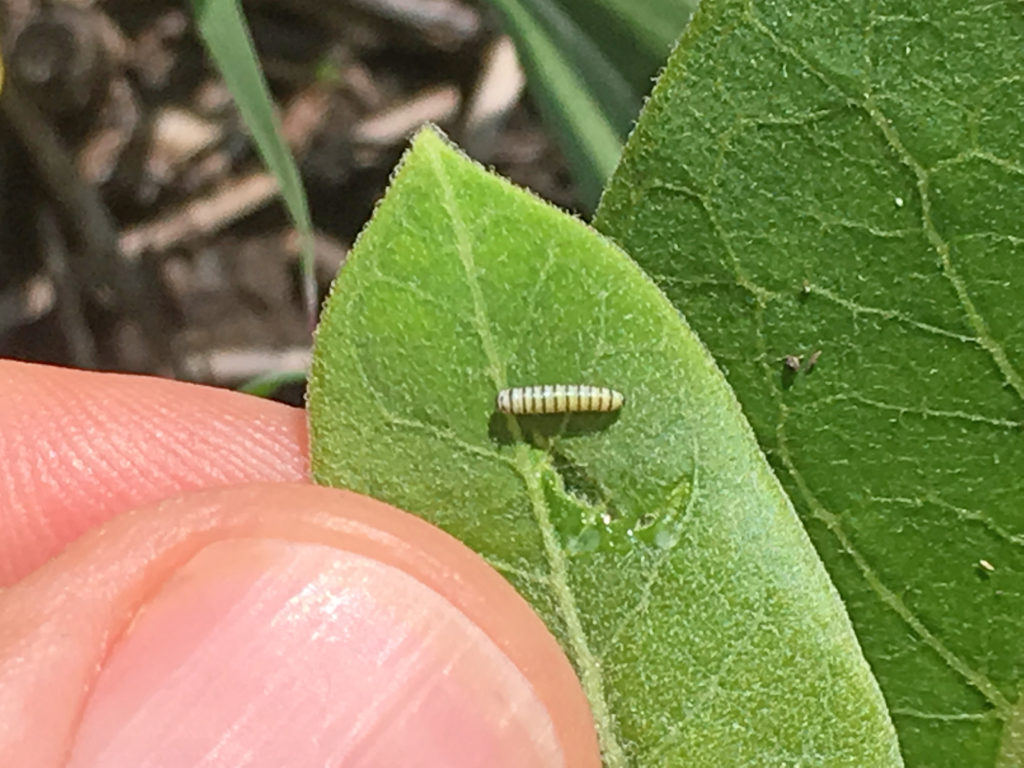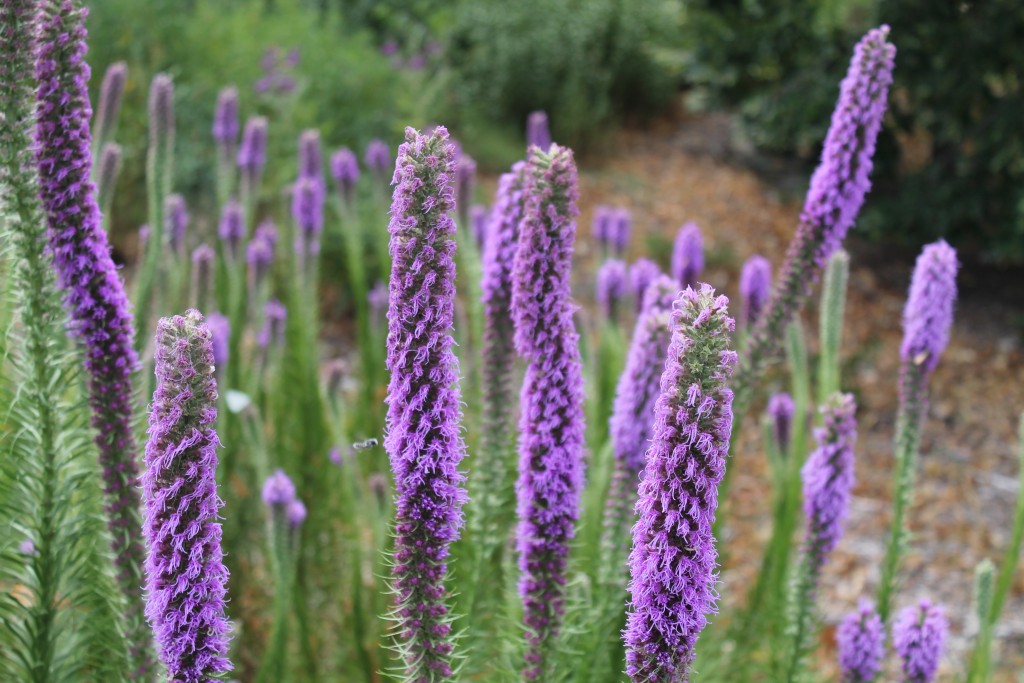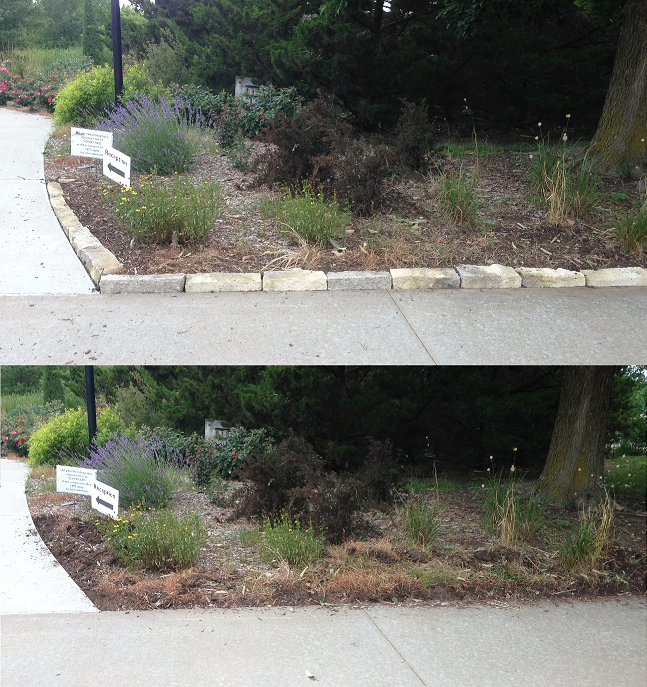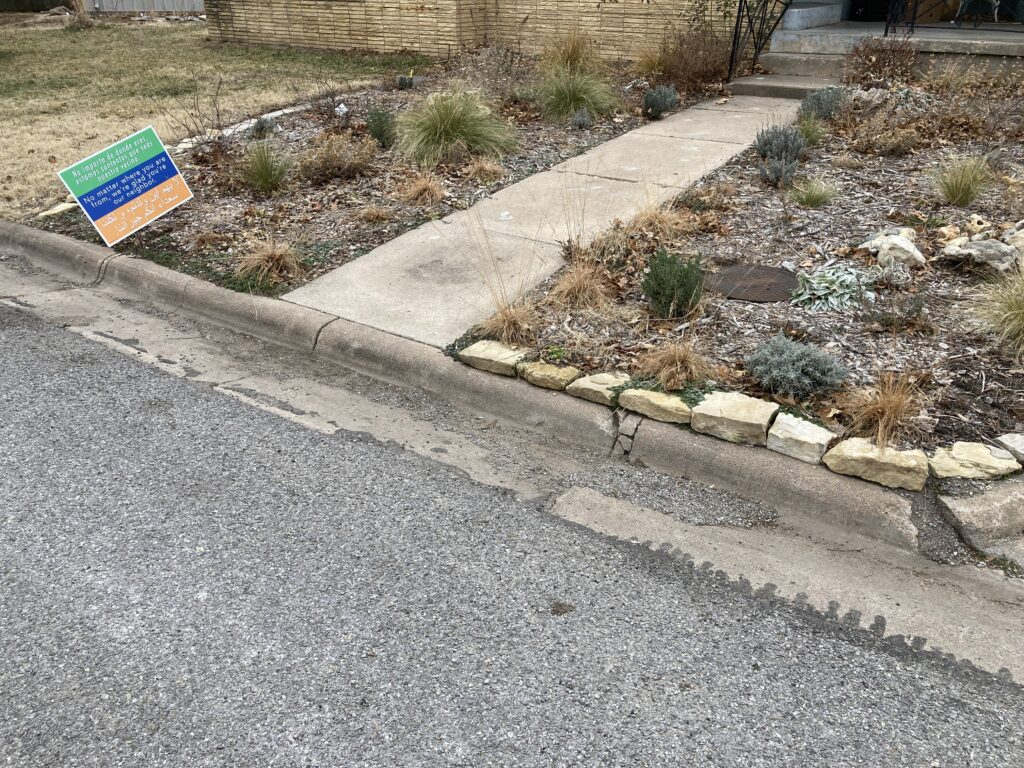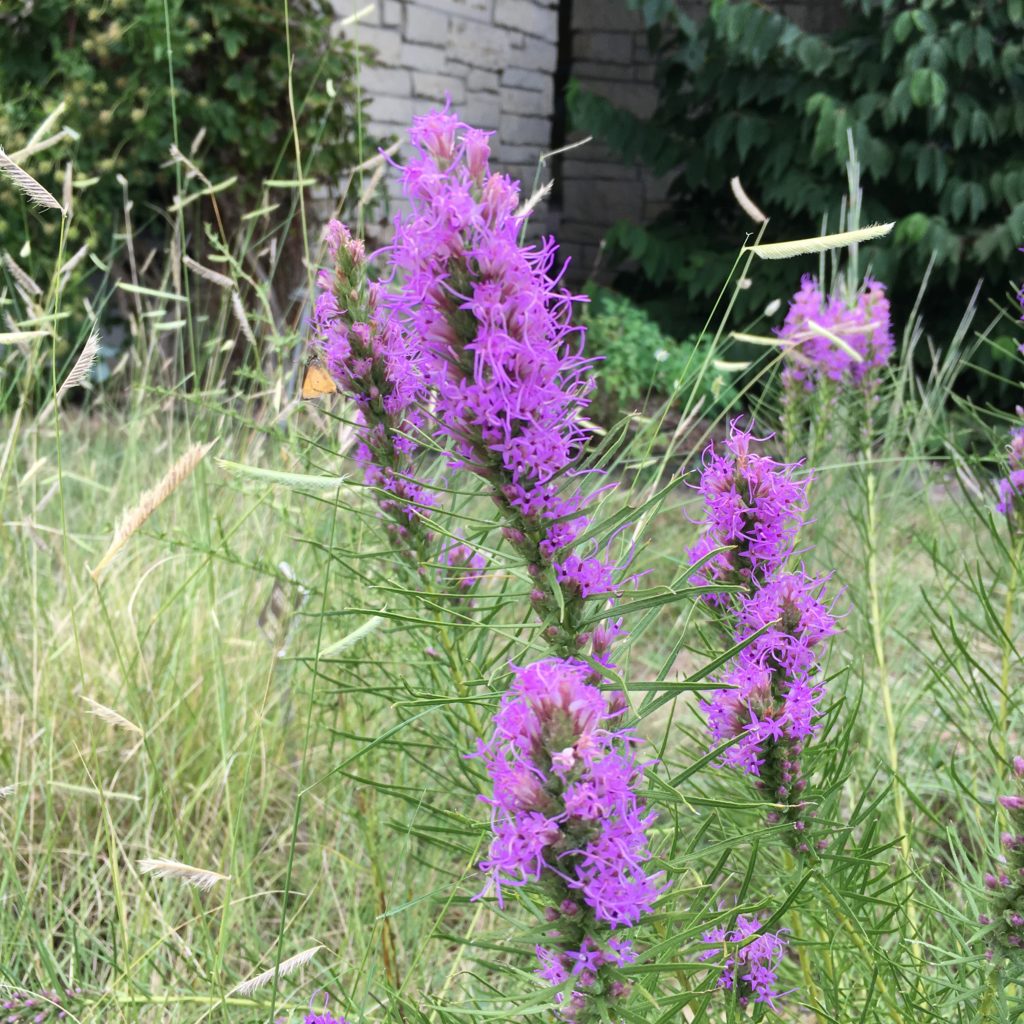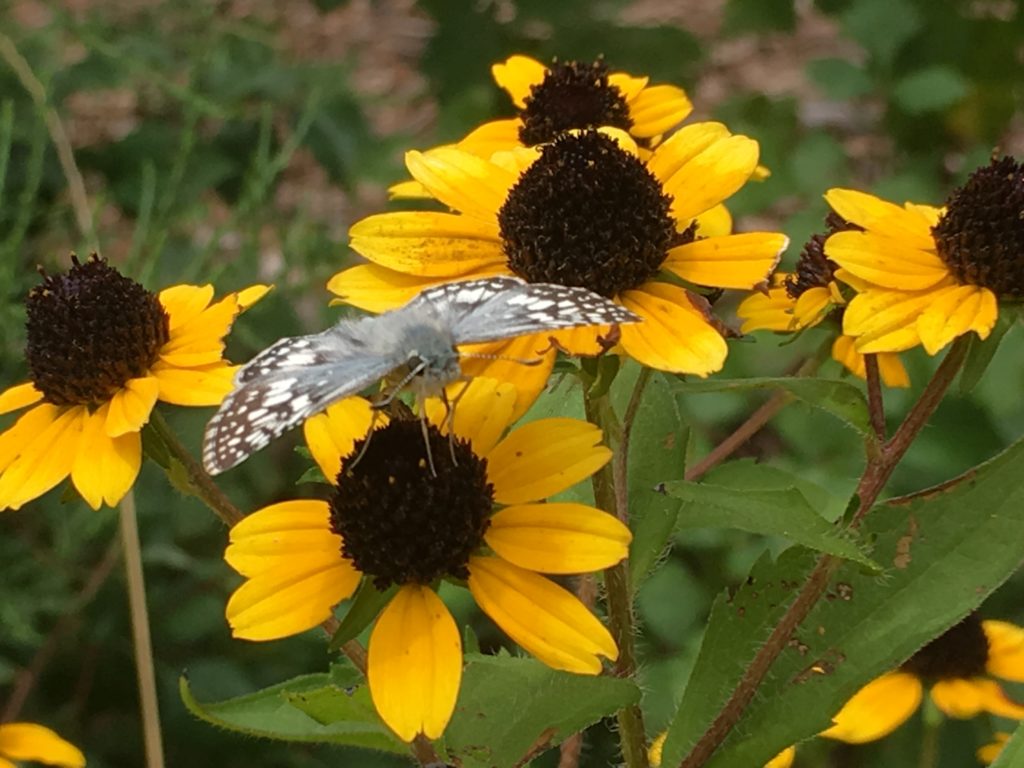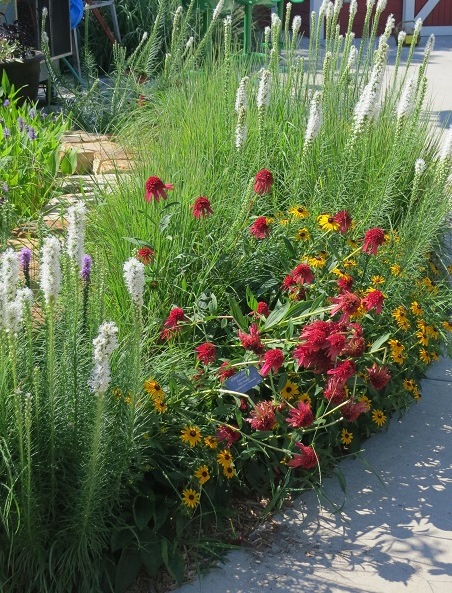
I’d like to tell you about our late December sidewalk edge prairie seeding after disturbance following the installation of a new sidewalk right outside my office window.
Preamble about Disturbance
Disturbance is rich with meaning and ever-present.
In humans…
Our lives are filled with different levels of disturbance. While we typically trend toward stability and shy away from disturbance, we know unsettling events will happen. So, we try to be ready for them, use them as a resetting point, and work to make ourselves more resilient as quickly as possible going forward. How we respond to disturbance determines how quickly we recover in that quest to eventually make ourselves better.
In the prairie…
The same goes in native plant communities on the Plains. Disturbance is a natural and important element in maintaining a prairie ecosystem. While fire and grazing are two disturbing elements, they have ironically been prairie stabilizers for thousands of years. Without their occurrence on a semi-regular basis to knock back woody plants, prairies will be invaded by shrubs and trees and transition to woodlands and eventually forests in a manner of decades.

Fire and grazers also expose and disturb soil. In the spring, fire removes a cold-insulating organic matter layer, blackens the soil surface, and heats the soil profile. Hooves of grazers stir soil and buffalo wallows clear existing vegetation. Burrowing mammals of the prairie also stir up and expose soil. All of these activities encourage the germination of early successional forb seeds in the soil seedbank that attract unique species of wildlife in biological diverse prairie. Disturbance is not only good for the prairie, but it is essential.
In this sidewalk-lined prairie garden…
Ever since the new sidewalk was installed summer of 2020, the adjacent soil in 2-4′ zone of disturbance on either side has been bare. The vegetation in these areas prior to disturbance consisted of native prairie grasses and the occasional prairie wildflower. But after this soil disturbance, annual weeds will explode from these areas come spring. It may have been 40 years since this site was a farm field, but I guarantee that the agricultural nonnative and native annuals brought in by years of farming, including species like henbit, foxtail, and ragweed, will profusely germinate here in a few months.
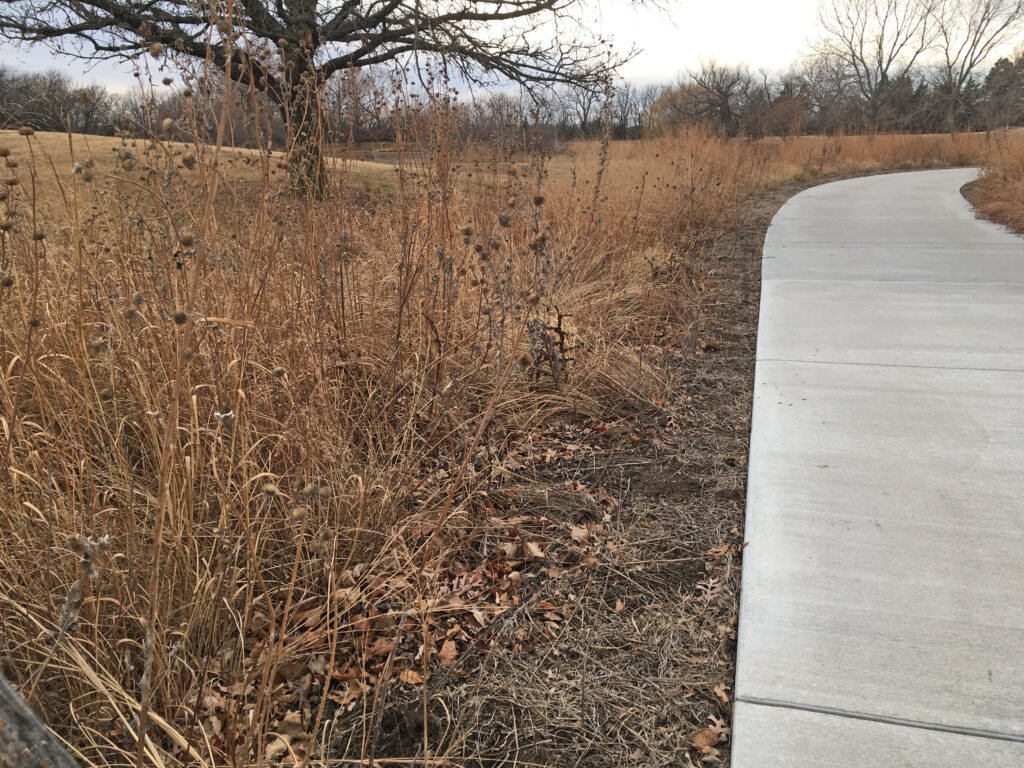
A Unique Opportunity
These sidewalk edges have been an important educational resource over the last 15 years. Thousands of students, from Kindergarten through college-age, have studied them for plant and insect diversity via field trips and labs. School teachers participating in our Earth Partnership for Schools summer institutes and classes of master gardeners and master naturalists have also gotten in on the sampling of these areas each fall.
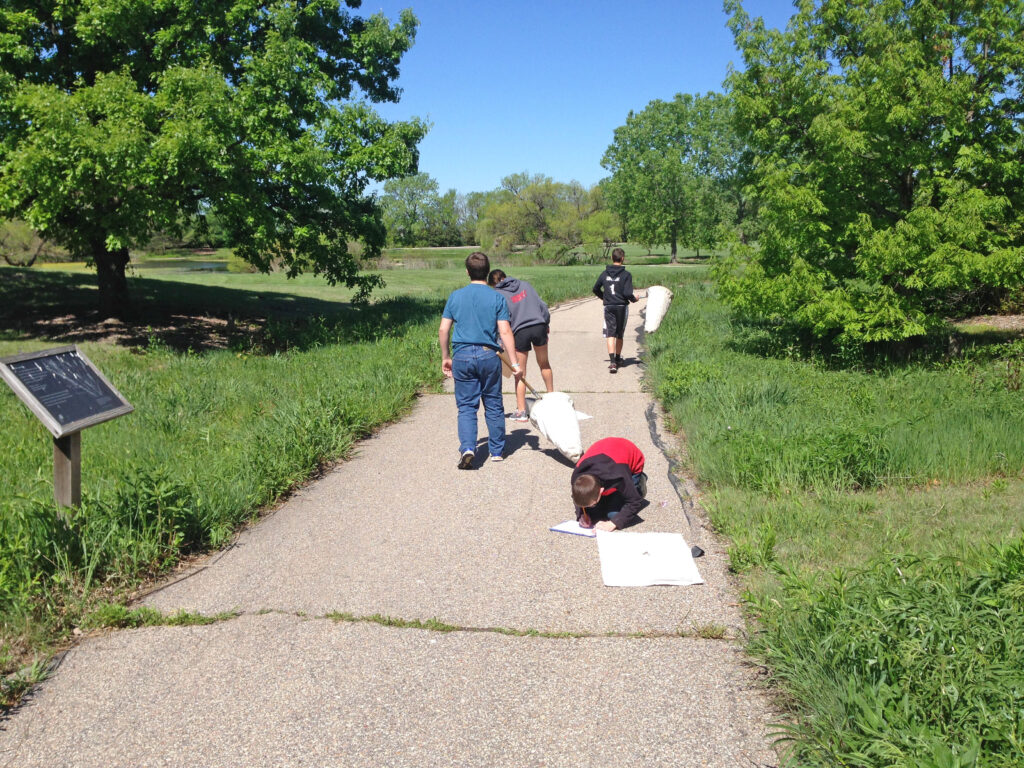

Over these years, I’ve noticed that tall native prairie grasses, including big bluestem, Indian grass, switch grass, and eastern gamma grass, have come to dominate these sidewalk plantings, while wildflowers have slowly gotten crowded out. Frankly, these plantings needed some disturbance to break the grass stronghold and provide a window of opportunity for an infusion of new species.
Rather than discourage with herbicides the germination of annual weeds and grasses sprouting from roots along this disturbed sidewalk edge, we decided to plant a native wildflower mix to offer hearty competition. We chose a diverse array of colorful flowering prairie species desirable to human eyes and insect pollinators alike. The sports adage that “the best defense is a good offense” certainly fits our approach to the ecological restoration of this sidewalk edge.
Seed Mix
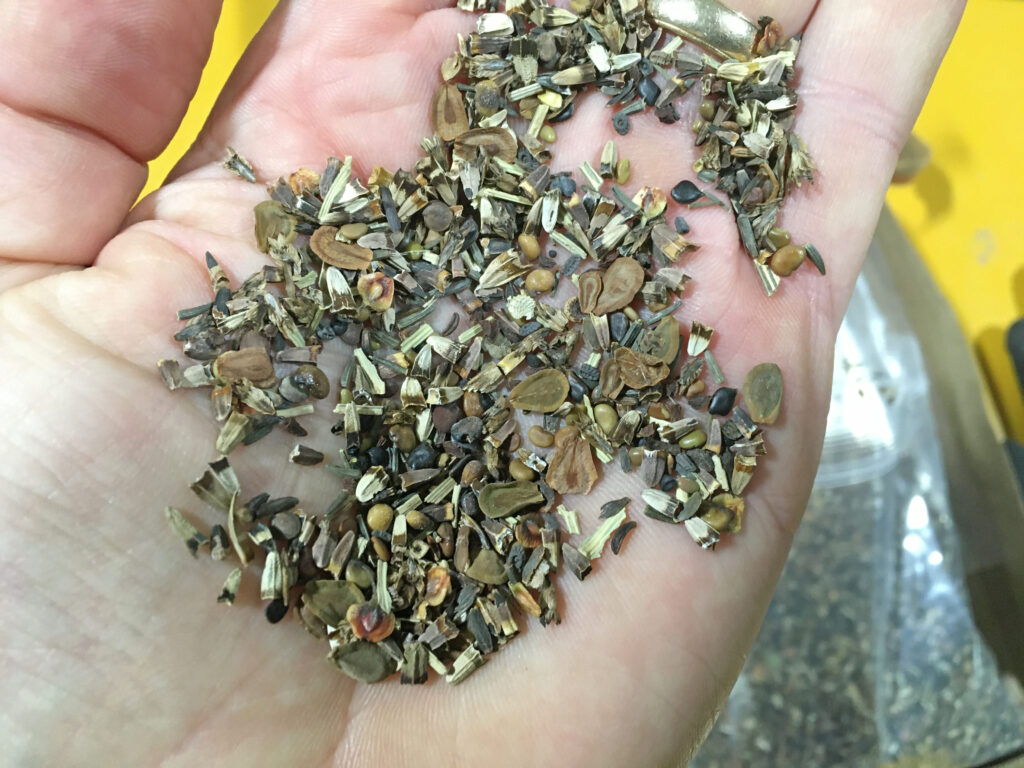
Prairie Moon Nursery offers a nice array of prairie wildflowers with historical range into the mixed/tallgrass prairie of Kansas. I went through their seed inventory and chose all the species that I know from regional prairies (with a few exceptions). A nice summary of other seed and plant sources can be found through Kansas Native Plant Society. The developed species list amounted to the following 43 species, representing a variety of heights, colors, and bloom times and should add a nice diversity of plants and eventually wildlife to these areas.
| FORBS | |
| Allium stellatum | pink wild onion |
| Anemone canadensis | Canada anemone |
| Asclepias sullivantii | smooth milkweed |
| Asclepias tuberosa | butterfly milkweed |
| Asclepias verticillata | whorled milkweed |
| Asclepias viridis | green antelopehorn milkweed |
| Aster azureus | sky blue aster |
| Aster novae-angliae | New England aster |
| Baptisia alba | white wild indigo |
| Baptisia australis | blue wild indigo |
| Brickellia eupatorioides | false bonset |
| Callirhoe involucrata | purple poppy mallow |
| Chamaecrista fasciculata | yellow partridge pea |
| Coreposis palmata | prairie coreopsis |
| Dalea candida | white prairie clover |
| Dalea purpureum | purple prairie clover |
| Desmodium canadense | showy tick trefoil |
| Desmodium illinoense | Illinois tick trefoil |
| Echinacea angustifolia | narrow-leaved coneflower |
| Echinacea pallida | pale purple coneflower |
| Eryngium yuccifolium | rattlesnake master |
| Lespedeza capitata | round-headed bush clover |
| Liatris aspera | button blazing star |
| Liatris punctata | dotted blazing star |
| Liatris pycnostachya | Kansas gayfeather |
| Monarda fistulosa | wild bergamot |
| Oenothera macrocarpa | Missouri evening primrose |
| Penstemon digitalis | smooth penstemon |
| Penstemon grandiflorus | large beardtongue |
| Penstemon tubaeflorus | tube beardtongue |
| Phlox pilosa | prairie phlox |
| Pycnanthemum virginianum | mountain mint |
| Ratibida columnifera | long-headed coneflower |
| Rudbeckia hirta | black-eyed susan |
| Ruellia humilis | wild petunia |
| Sisyrinchium campestre | prairie blue-eyed grass |
| Solidago missouriensis | Missouri goldenrod |
| Solidago speciosa | showy goldenrod |
| Tradescantia bracteata | bracted spiderwort |
| Tradescantia ohiensis | Ohio spiderwort |
| Zizia aurea | golden alexanders |
| SHRUBS | |
| Amorpha canescens | lead plant |
| Ceanothus americanus | New Jersey tea |
I was sure to omit species that would be aggressive as they are in nearby gardens and will eventually invade on their own. The mix for 1,000 square feet was calculated to be planted at a generous rate of 73 seeds/sq. ft. (50 seeds/sq. ft. is what I recall to be a minimum industry standard) This cost us $171.20 including shipping and a $50 mixing fee for orders under $200.

Planting Process
We pushed to get this seed ordered and delivered as early in the winter as possible. I like to aim for December, but have planted in January also. Different wildflower species require various types of treatment/stratification for best chance of germination, but a general successful approach is aiming for 2-3 months of cold-wet conditions (a typical winter) that will lead to the best rate of germination possible. After receiving the seed, we proceeded as follows…
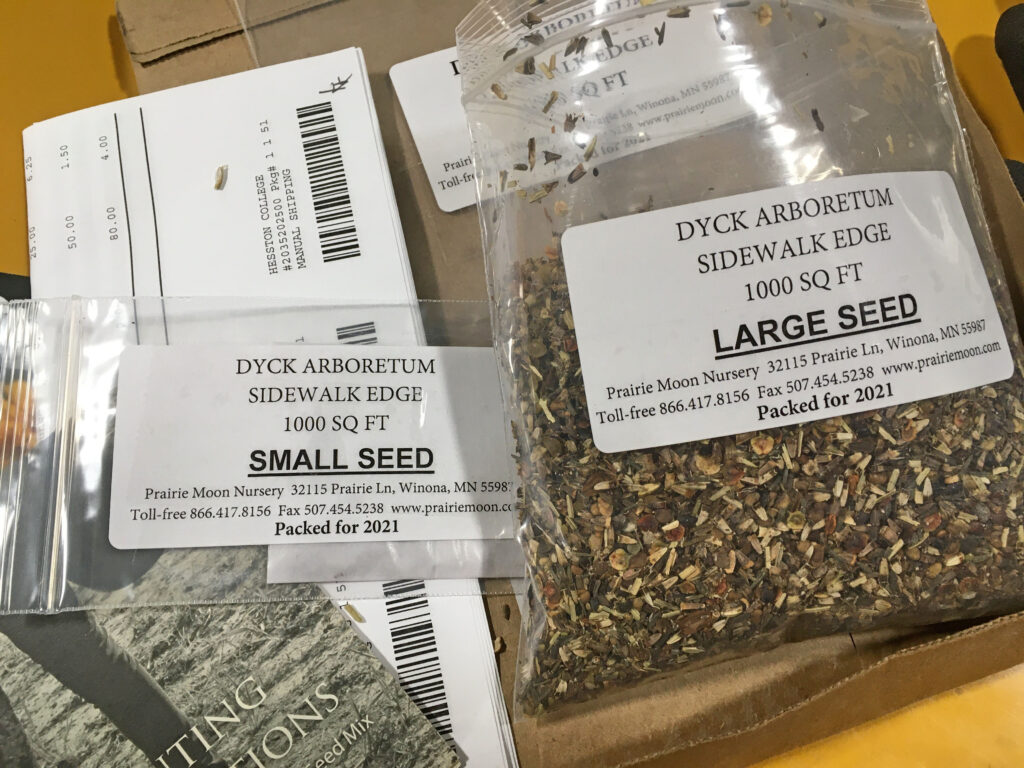
Mix seed with bulk
We used sand, but mixing sawdust, kitty litter, or other media with your seed will do. The seed will seem like an incredibly small quantity of material to spread over a large area and adding bulk material helps increase the chances that you will cover the entire planting area with seed.
Dividing mix evenly into planting areas
A supply of 5-gallon buckets is helpful to divide the seed/bulk material mixture into even quantities that match the number of even-sized planting areas. To give yourself a reserve quantity of seed, I recommend doubling the number of seed quantities per planting area. For example, we had two sides of sidewalk to plant, and prepared four buckets of seed. Cover each planting area with one bucket and then do the same again with the second bucket. If you blow it with the first bucket and don’t cover the entire area – which is easy to do – then you have a reserve bucket to finish the job.
Raking planting area
Good seed/soil contact is the goal to encourage seed moisture absorption and improve germination once an average soil temperature of 55 degrees F is reached in the spring. There was some dead plant debris covering our planting areas, so we raked the areas before planting.
Dispersing seed
Seed dispersal is easy by hand and probably most successful when conducted with bare hands so you can feel the seed mixture, if you can keep them warm on a cold day. But standard handheld or rolling push-behind broadcasters could also be effective. More sophisticated seed drills calibrated to specific seed sizes are not very effective with mixes containing various sizes and textures of seeds like we were dealing with.
A final raking
While not an essential step, we had the human power and time to do a light final raking after planting to barely cover the seed. You want to be careful to not bury small seeds too deeply. Seed planting experts often advocate for allowing nature and its powers of freezing/thawing, precipitation, and gravity to work the seeds into the top 1/8-inch of soil throughout the course of winter.
Follow-up
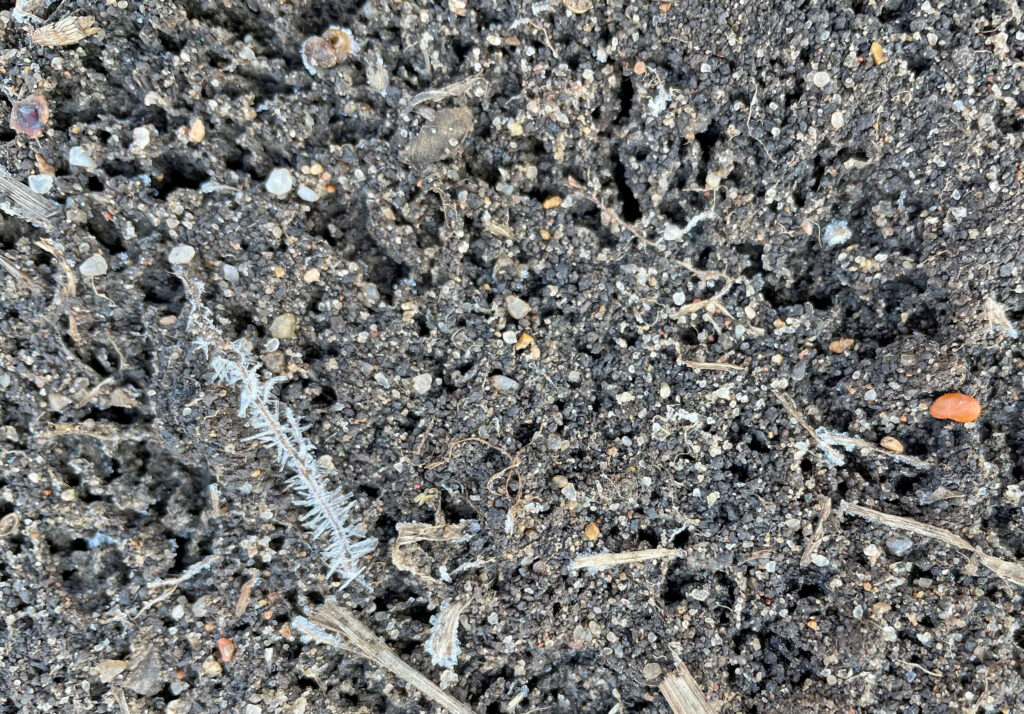
Most of the work is now finished with this planting and the main job in follow-up as we look forward to colorful, flowering wildflowers throughout the growing season is to have patience. While a few species like black-eyed susan, wild bergamot, and yellow partridge pea may flower in the first couple of years of this planting, most species in the mix won’t flower until year three or longer.

It will be difficult to think of this planting as anything other than a complete and utter failure in the first year when all you can mostly see are weeds. However, careful inspection should show in this first growing season that small sprouts of prairie species hidden close to the ground are there. Prairie wildflowers develop deep, 5-15 foot root systems to help them survive for years and even decades through harsh Kansas summers and that process takes time. About all we can do is mow the planting area as high as possible once or twice each year in the first few years to keep annual weeds from going to seed and reduce their competition with prairie seedlings for light and water.
My friend often refers to the sage advice of Frog and Toad after a planting. I will follow her lead and leave you with this message as there is little left to do…

For a follow-up report on the progress of this planting roughly eight months later, see the blog post “Seeded Prairie Checkup“.



